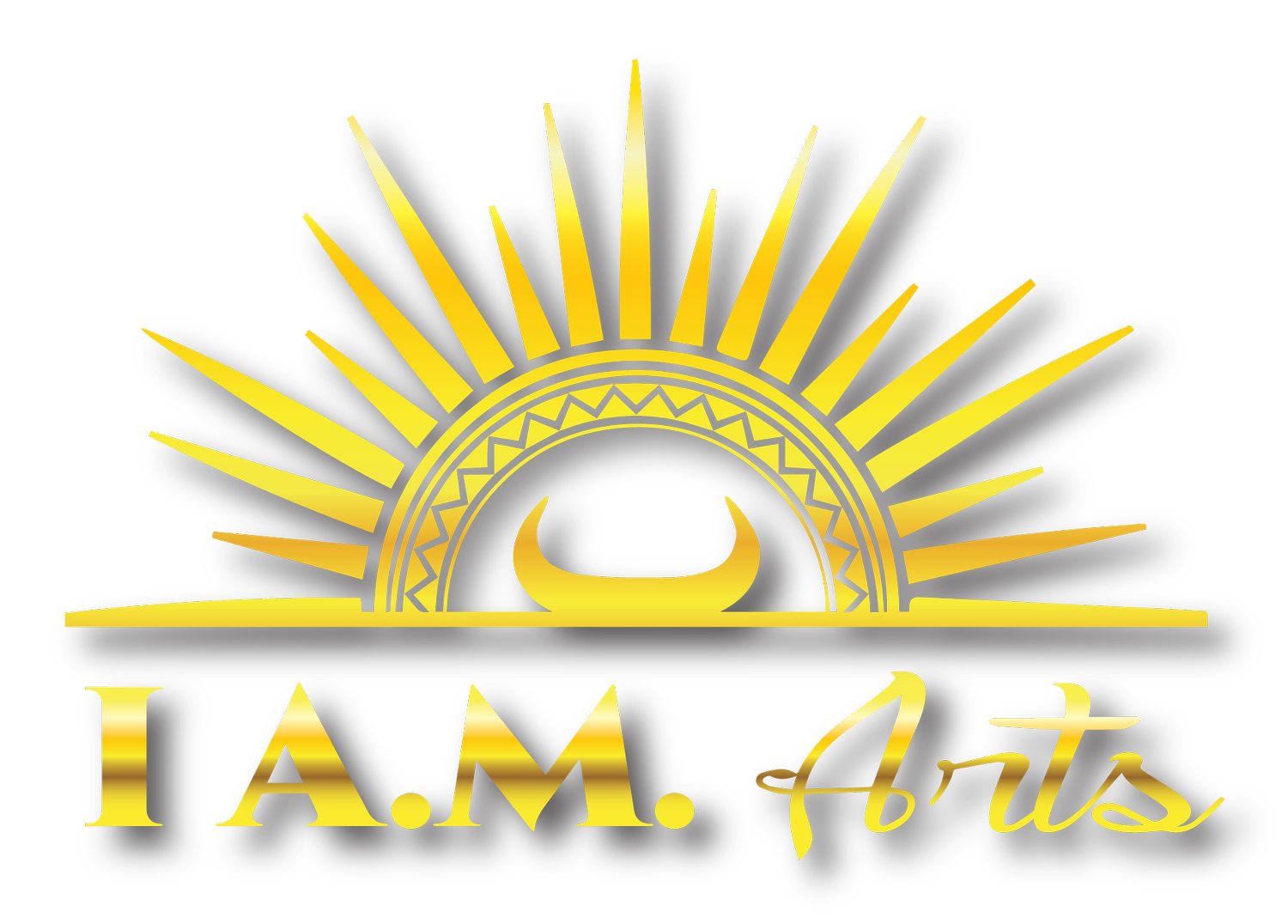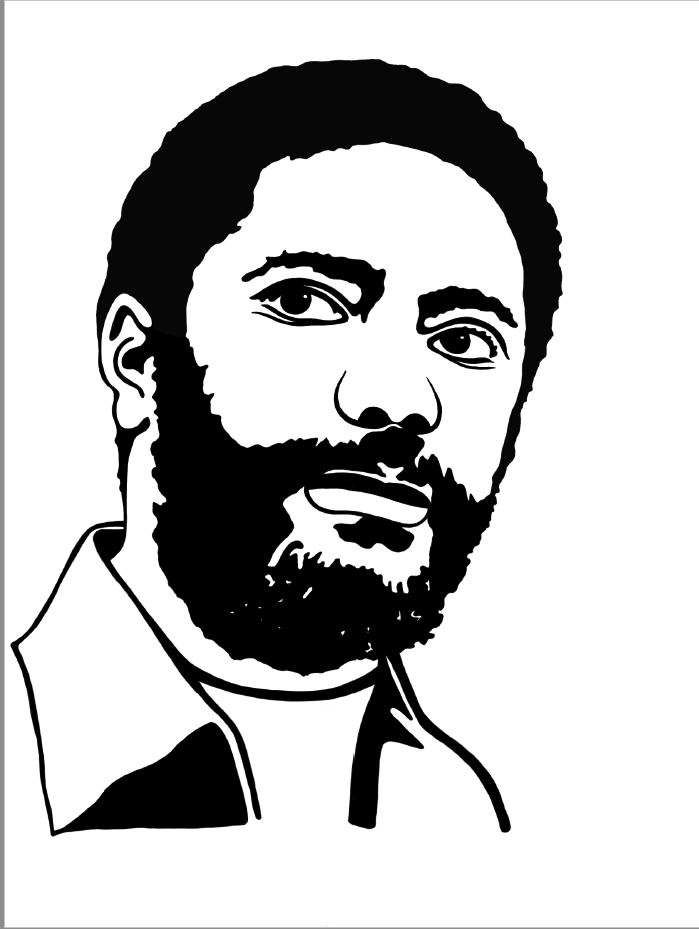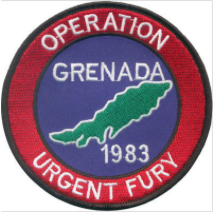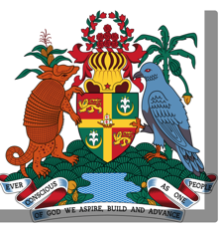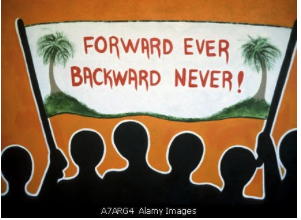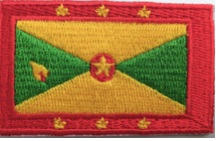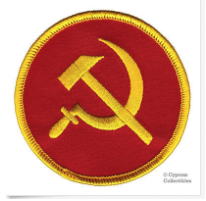Peter Nikitas was an ensign deployed to Grenada in 1983. I ran into him “randomly” at Fed-Ex Kinkos while working on this section. We sat down for an interview where he shared his experience and relics from the past. Thank you Peter.
For 10 days leading up to the watch party, each day I am sharing highlights from the creative process.
Talkin bout Revolution: Day 1/10: my inspiration for the last section of
Yam, Potatoe an Fish!”
On this day, October 19, we take time to remember the late, great Maurice Bishop, Prime Minister and leader of the People’s Revolutionary Government from 1979-1983. On this day Prime Minister Maurice Bishop was assassinated along with several members of his cabinet at Fort Rupert in St George’s. The New Jewel (Joint Endeavor for Welfare, Education and Liberation) Movement took power via a coup, overthrowing a repressive, corrupt and eccentric Sir Eric Matthew Gairy, who had been a dominant figure in Grenada politics for nearly three decades. Gairy had traveled to NY on business and was overthrown. The coup had widespread support in Grenada and the significance of the Revo (as it is referred to in Grenada) cannot be underestimated, given the relative population of the country and its influence on foreign affairs. At this time Grenada has to be seen against the backdrop of other socialist revolutions—Iran and Nicaragua both occurring in 1979. Grenada, a small nation-state of approximately 110,000 was marked, however. Holding close relations with Cuba, the Soviet Union and the Eastern bloc countries. Considered a part of the U.S.’ “back yard.” Grenada was important to the US projection of power and sphere of influence. As Maurice Bishop said in his last speech at Hunter College in June 1983, it is because the population of Grenada was BLACK and spoke English, this shift would have a “dangerous appeal” to Black America and its success would show left-leaning movements in the Caribbean what was possible. Grenada was the last proxy battle of the Cold War.
The success of the Revo cannot be overshadowed. Youthful energy was unleashed in creating a militia of defense, agricultural development and other economical gains. As my Uncle says in “Yam, Potatoe an Fish!”, people were willing to work for the betterment of the country. A literacy campaign was launched. Unemployment was cut for 49% to 14%. Cuban aid brought teachers, health professionals, and construction workers to build a new international airport (named after Bishop). There were also casualties of the People’s Revolutionary Army. Stories of citizens put under “heavy manners” still haunt many who lived during that time and have the scars to prove it. Stories of torture, harassment, beatings, even murder at prison camps like Hope Vale and other places.
The Revo imploded. Disagreements over party leadership cut down this nation-state’s attempt at real independence. With the collapse of the Federation in 1962, the subsequent emancipation of various Caribbean nations and independence for former colonies of European powers all over the world, on the foundation of CLR James, George Padmore, Marcus Garvey, even Rastafari, and the ideological role of Lennist-Marxist theories in shaping some of Caribbean’s independence movements —I stand asking us the same question. As I witness the rise and fall of Black Power movements and attempts at independence again and again and again and again….
When will we be free?
***
Images below are attached to my costume for the Talkin Bout Revolution section of “Yam, Potatoe an Fish!”
Graphic design of Maurice Bishop’s face by Julianna Johnson
